‘We may never find them’: Desperate Ukrainians forced to trawl through dead looking for lost loved ones
The Missing: Bel Trew follows families who may never know the fate of their relatives

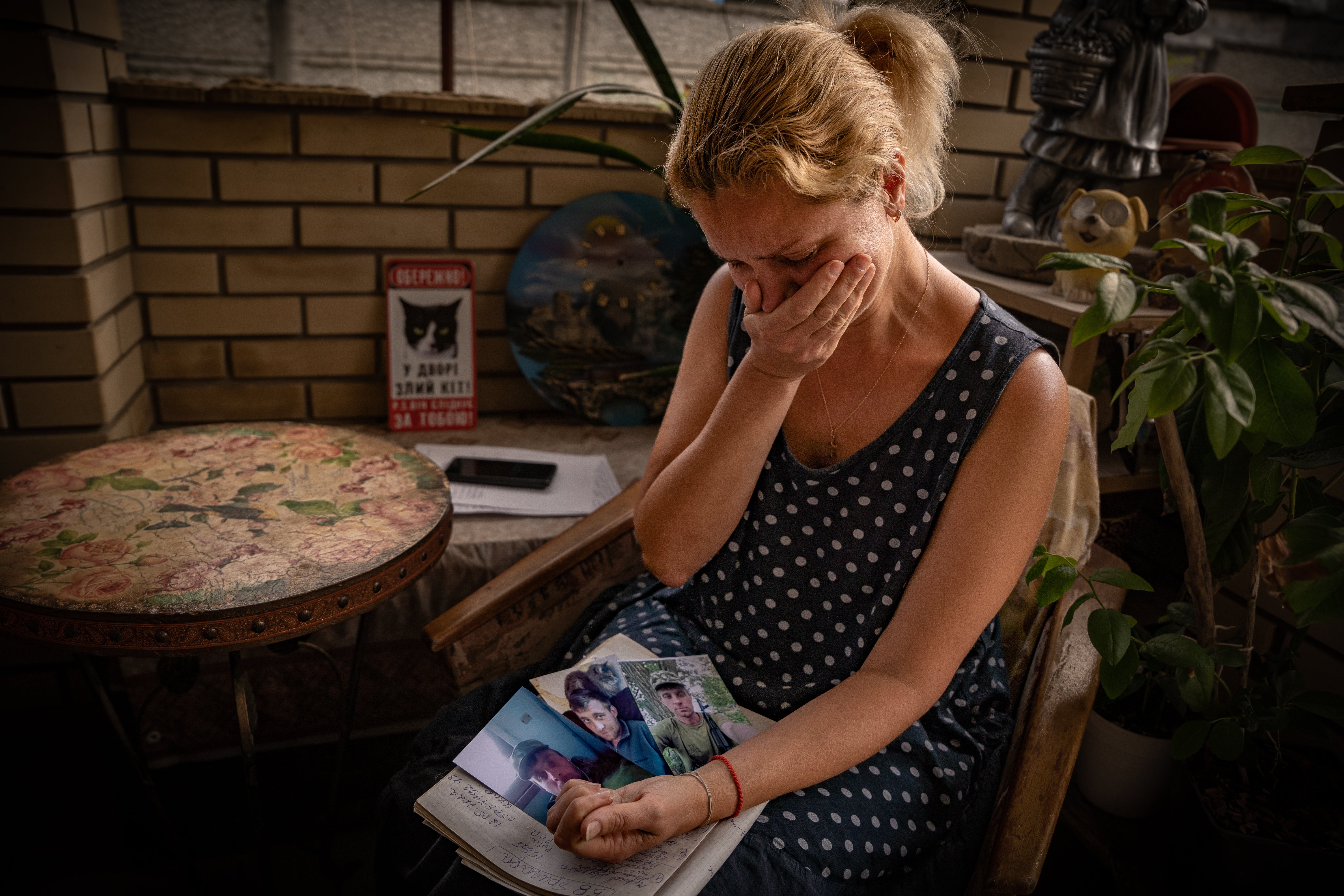
Your support helps us to tell the story
From reproductive rights to climate change to Big Tech, The Independent is on the ground when the story is developing. Whether it's investigating the financials of Elon Musk's pro-Trump PAC or producing our latest documentary, 'The A Word', which shines a light on the American women fighting for reproductive rights, we know how important it is to parse out the facts from the messaging.
At such a critical moment in US history, we need reporters on the ground. Your donation allows us to keep sending journalists to speak to both sides of the story.
The Independent is trusted by Americans across the entire political spectrum. And unlike many other quality news outlets, we choose not to lock Americans out of our reporting and analysis with paywalls. We believe quality journalism should be available to everyone, paid for by those who can afford it.
Your support makes all the difference.All day the Ukrainian women search through photos of corpses posted by Russian soldiers showing off their kills, in the desperate hunt for their missing loved ones.
In the crude images of frozen grey faces, blood-smeared torsos and the scraps of remains, they look for a flicker of something recognisable: a scar or a ring.
“Twenty hours a day I go through these Telegram channels looking for him,” said Maria, her face gripped by grief.
“We are a community of women who are looking for our loved ones. All of us have to trawl through the photos of the dead. We have to see if they are there.”
A manicurist by trade, she has been searching for her fiancé, a 32-year-old construction worker and mechanic from Dnipro called Roman. He vanished in July just over a month after receiving his call-up papers and only a week into his first deployment: a reconnaissance mission in one of the nastier front lines of Donbas, eastern Ukraine.
At the time of speaking to The Independent, Maria explained that he and a large chunk of his artillery brigade were still unaccounted for.
They were last heard of on 3 July. The family members do not know if they are alive, in captivity, or dead somewhere on an inaccessible battlefield.
Adding to the suffering is that the Ukrainians accuse the Russians of not properly communicating the names and whereabouts of their prisoners of war.
Under the Geneva Conventions, the International Committee of the Red Cross must be given lists of PoWs and allowed to visit them wherever they are. But the ICRC has repeatedly warned they have not been given full access to prisons and internment camps since Putin launched his war in February.
Lyudmila Denisova, Ukraine’s former ombudsman for human rights, claims Moscow has also refused Ukrainian requests to confirm the whereabouts of thousands of Ukrainian soldiers.
“For example, Ukraine applied to Russia about 5,000 soldiers who had been in Mariupol. Russia only confirmed that 3,000 are alive but didn’t say where they are,” she said.
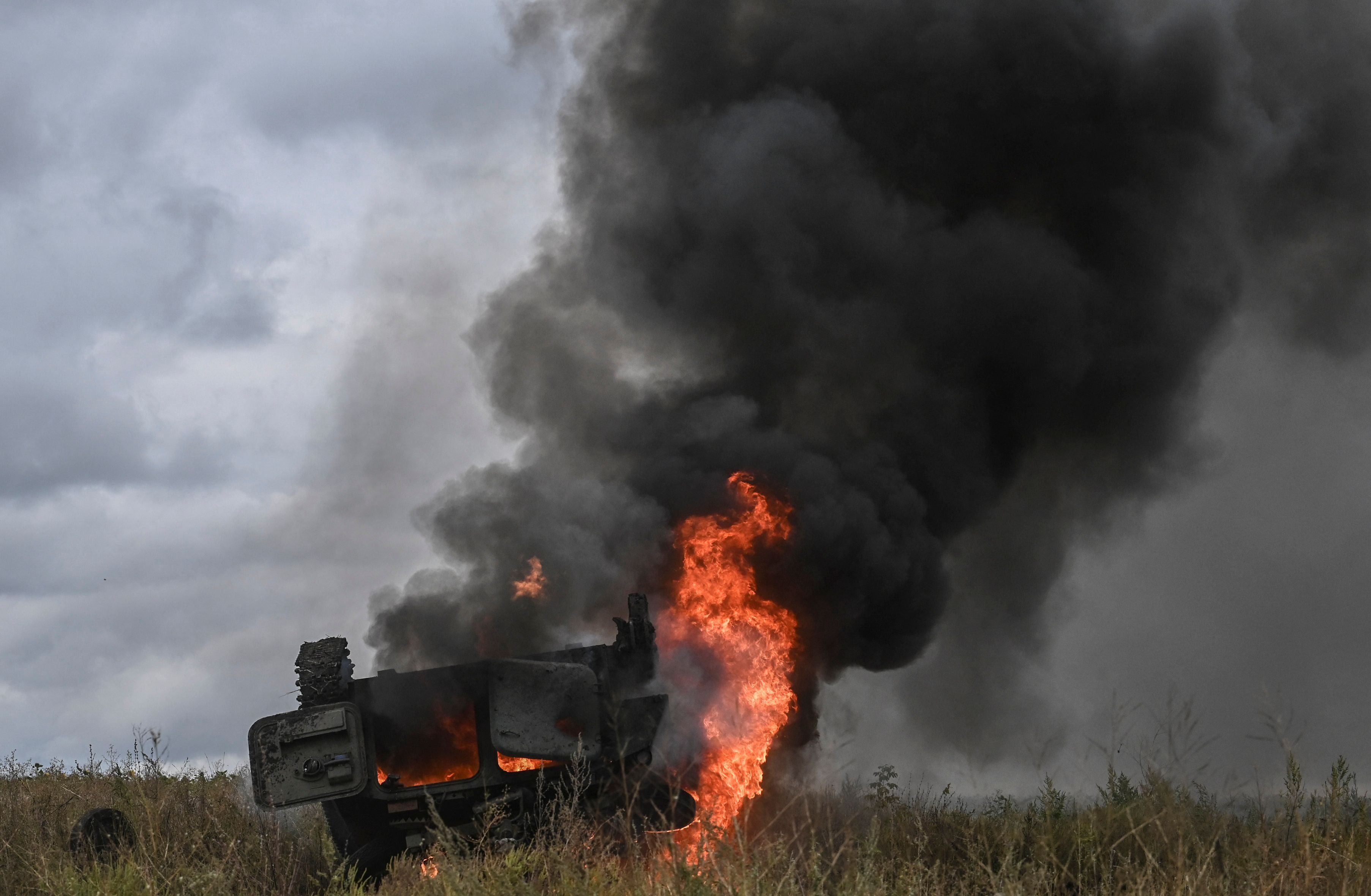
The Independent was unable to verify this. Russia denies it is deliberately obscuring the fate of Ukrainian PoWs.
That is why, in the era of social media, the internet has become a lifeline in this war.
The relatives of Roman’s brigade, which The Independent has decided not to identify for security reasons, set up a Telegram channel looking for information.
Within a week it had more than 700 subscribers.
The devastating truth is some bodies may never be identified, their loved ones never found
Every day, mothers, sisters, fathers, partners, brothers trawl the internet trying to find any scraps of information, which they share in the chat.
One of the most valuable resources are the grisly “trophy” shots posted by Russian soldiers and their proxies.
“It’s horrific. I want to know that he is alive and that he is captured by Russia,” Maria said, sobbing as she scrolled through the Telegram channels.
“I sleep for just an hour a night. I scroll and scroll and scroll looking for him. I need help finding out what happened.”
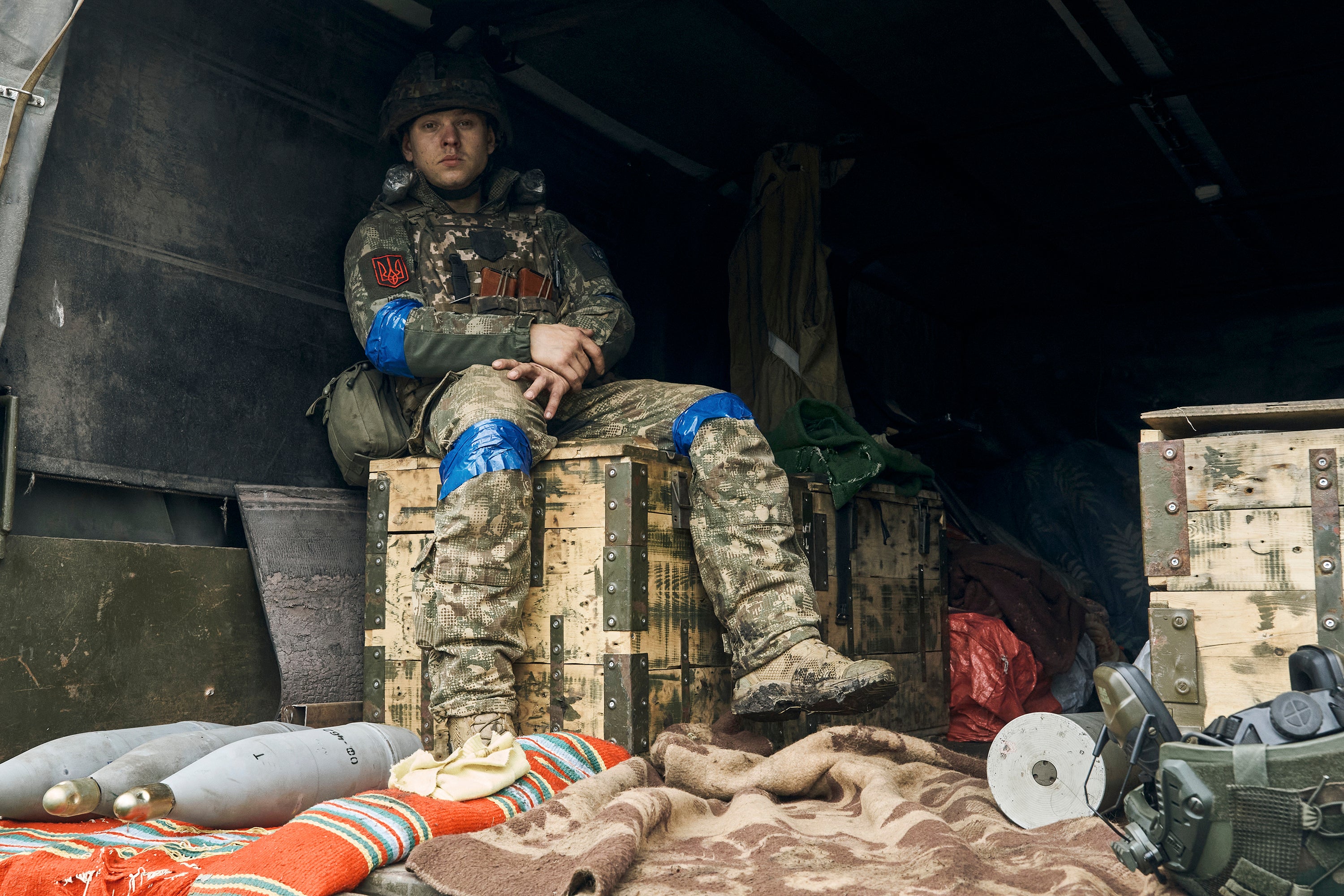
This is the fate for the family members of both soldiers and civilians who have vanished. In an information blackout, it is up to them to pool together open-source information to try to piece together what happened.
Russia has flatly denied violating international law in Ukraine and has accused Kyiv of deliberately staging atrocities to win international support.
Where are they?
Over the past few months The Independent has been investigating the disappearance of Ukrainian civilians and soldiers from across the country, along the way uncovering fresh evidence of possible war crimes including forcible transfer, enforced disappearance, hostage-taking, torture and forced labour. It has challenged Moscow’s narrative that that movement of people has been voluntary and part of humanitarian evacuation efforts.
We tracked the lives of more than a dozen individuals, including Roman, along the way, managing to locate two individuals and inform their families of their whereabouts, and uncovering the three main routes that Moscow’s forces use to take Ukrainian civilians and military to prisons in Russia.
Throughout the journey, one constant was the creative ways families and members of civil society are using to try to find people.
Ukrainian officials say they have received at least 25,000 official missing persons requests to a national hotline since the war started. Only half of them have been accounted for. Among them are thought to be at least 228 missing children, according to the press service of the Ukrainian prosecutor general’s office.

Around 7,000 members of the Ukrainian armed forces are among those missing, according to Yuriy Berlousov, a Ukrainian prosecutor examining the cases.
He fears, however, that this estimate is extremely conservative and the true number of both missing civilians and military could be as many as 10 times that amount.
“If a person is missing but no one calls the police hotline, then the person is not in the database and he or she will not be counted,” he continued.
“We don’t know where the missing are. They could be alive but refugees; they could have been deported to Russia, killed or held in detention centres.”
For Maria and the other women she is in touch with, Facebook, Telegram and WhatsApp groups are essential places to search for information about prisoner swaps and the discovery and recovery of bodies, as well as to reach out to those who have come off the front line or have been released from prison. She says they also speak to the military officials and soldiers they know. They share contacts and pool their information and resources.
“It’s hell – I have to take a lot of medication to be calm enough to handle going through this material, day in and day out,” Maria added shakily. “I cannot do my actual job. Finding Roman is my full-time job now.”
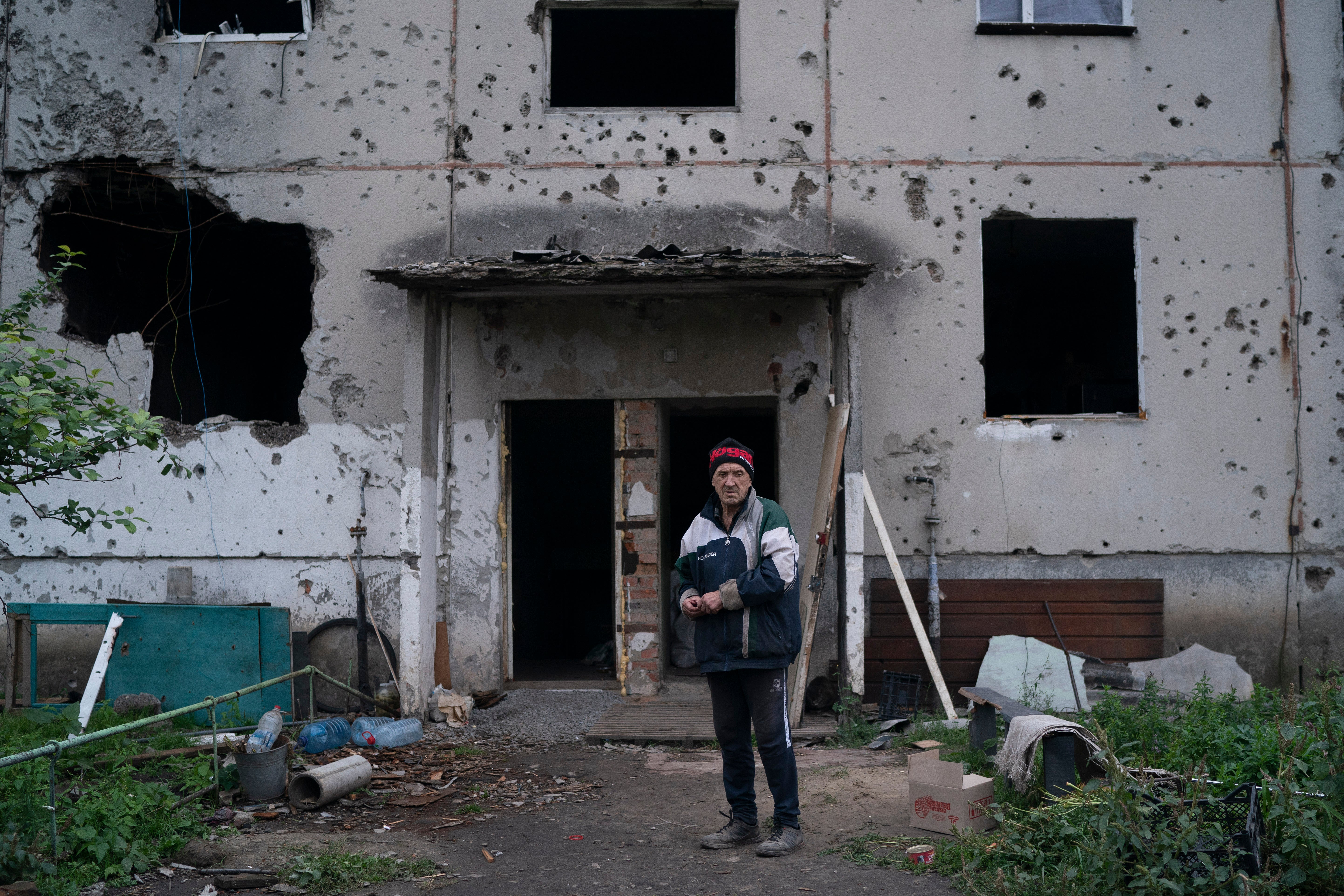
Civilians are teaming up with charities and others to keep up the search, according to Ivanka Malchevska from the Centre for Civil Liberties in Kyiv, which is investigating 490 active cases of missing civilians and soldiers. The youngest missing person the centre knows of is just 16.
It gathers reports from prisoners who have been released or witnesses in areas from occupied territory and use social media to try to piece together what happened. In a secure Google form, it offers relatives a space to submit and store any information they have.
This way it has successfully located hundreds of people already.
Ms Malchevska says it’s dangerous work. A few of the people in occupied territory who had been feeding them information on missing people have vanished themselves.
I cannot breathe without him. A lot of people need to just know what happened, where they are, at the very least some closure
“And that is why we are worried that the true number of missing people is far higher than we could even imagine. Some people may never be found,” she said.
Svitlana – whose ex-husband and father of her 12-year-old daughter vanished in March while trying to rescue family members from besieged Mariupol – is one example of those online communities working. For her, the internet was the only lifeline after Oleksiy volunteered to drive to the then besieged city of Mariupol to rescue relatives and friends.
He messaged to say he was approaching the city, then vanished into thin air.
“In desperation we started to post on Facebook about the disappearances, and that is when we started to get scraps of information,” said Svitlana.
An online community of relatives of volunteer drivers such as Oleksiy, who had started disappearing one by one, pooled valuable resources.
Through that they found out that her ex-husband was being held in Olenivka prison, a former penal colony in the self-proclaimed Russian-backed Donetsk People’s Republic. The sprawling facility was re-opened when the war started to hold interned civilians and PoWs taken in the south of the country.
The Independent’s investigation into the facility reveals evidence of enforced disappearance, torture and forced labour, as inmates such as Svitlana’s ex-husband were abducted, beaten and forced to renovate the crumbling facility for the influx of prisoners.
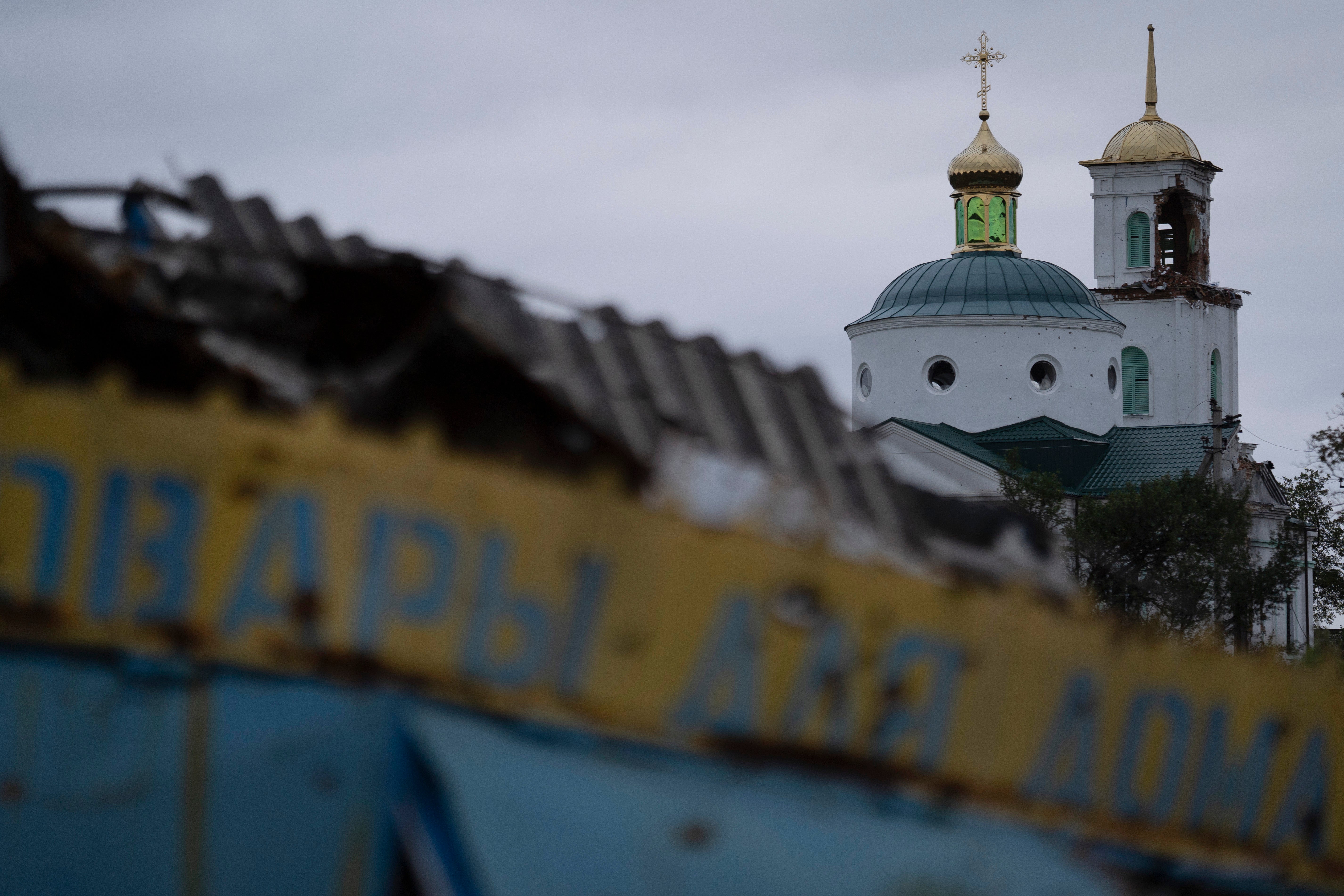
“A lot of drivers who went to Mariupol were disappearing, so in the end we built this community and were crowd-sourcing information.”
They even tried to get access to the prison to send in supplies – in vain.
The gravest fear
In July, Oleksiy was eventually released alongside 30 other drivers taken in March and April. A lot of the relatives think this happened because of the advocacy of the families outside the prison.
But Oleksiy is among the lucky few.
The worst fear for people such as Maria is that their loved ones are dead. And that in itself is another nightmare.
When Russian forces eventually withdrew from the areas it occupied in northwest and northeast Ukraine – including Kyiv, Chernihiv and Kharkiv – regional officials, civil society and families started discovering mass and makeshift graves. The Independent stumbled on a body in the woods of a young teenage boy who had clearly been bound and shot.
With the discovery of the dead comes the gruelling task of identifying them.
And this is where the civilian network comes in again, explains Vladislav Perovskyi, 27, a doctor of forensic medicine.
Since the war began he alone has identified well over 250 bodies from areas such as Bucha, Irpin, and Vyshohorod in the Kyiv region. He is now working through the latest delivery of corpses of those killed in Mariupol. They are being kept in a parked refrigerated truck outside Kyiv’s main morgue, because it is already too full.
He describes bodies bound and shot, crushed from being run over by armoured cars and so burned or badly decomposed it is near impossible to identify them from scars or dental records.
And so often the authorities have to rely on clues left with the bodies and networks of civilians.
“In Kyiv, the bodies would be buried with car number plates, or scraps of paper with name, address and day of death tucked into the clothes they were temporarily buried in. Some even have details scribbled on the body,” said Mr Perovskyi.
And the internet comes into play again. All the information is logged on an online database that civilians looking for missing loved ones are permitted to access.
“There was one case where a body was found in Bucha in April, but we struggled to identify him from his dental records. He was later identified by a pair of socks with elephants on them – a friend had gifted them to the deceased and had accessed the database.
The job of identifying people is getting harder. Many of the corpses coming into the morgue are being shuttled from the eastern front line in body swaps. Many have spent months in the summer heat decomposing.
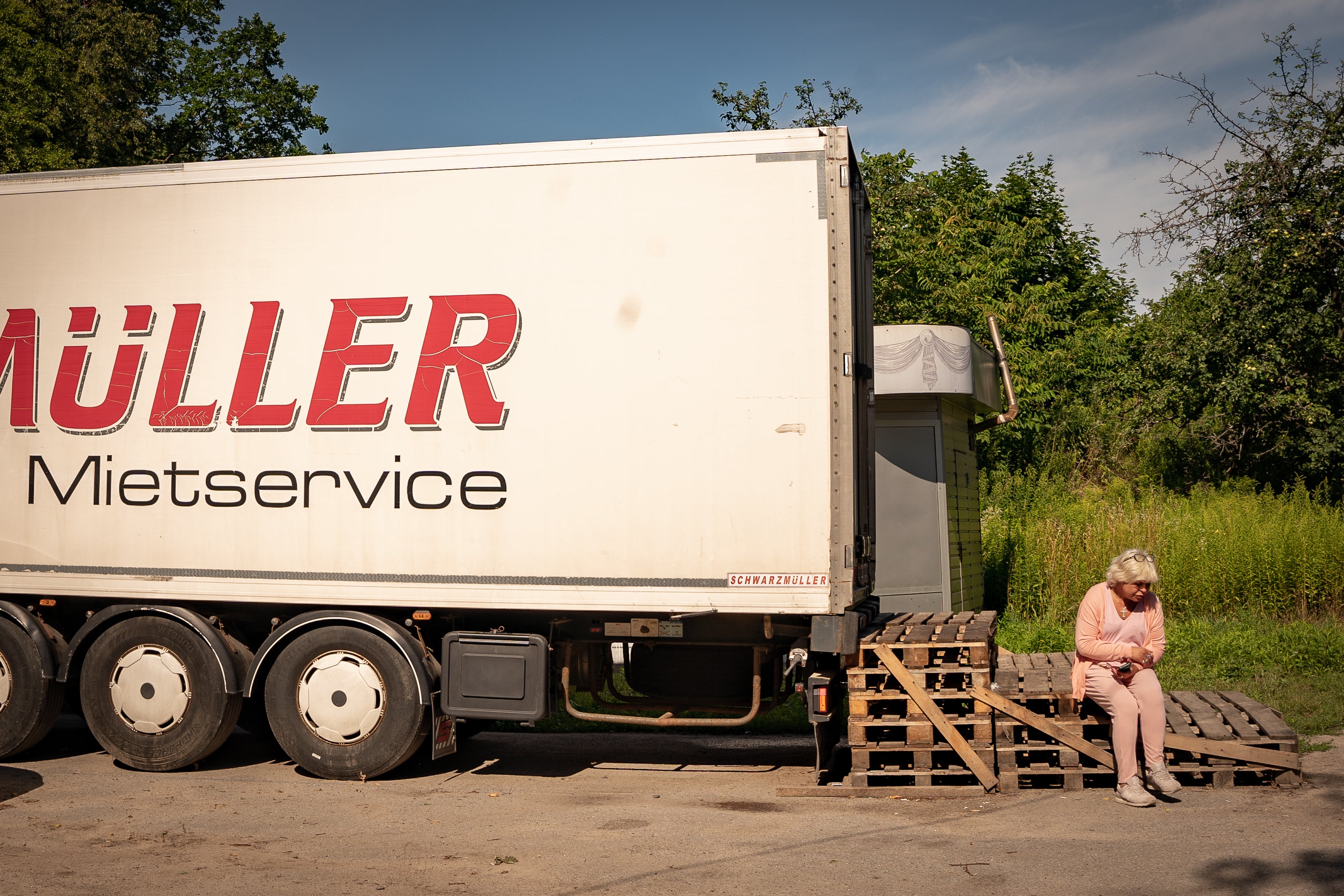
“We are still continuing logging and identifying the bodies and trying to find the families,” Mr Perovskyi continued.
“But realistically, it could take years to find some of the relatives, especially if they have fled the country. “
“The devastating truth is that some bodies may never be identified, their loved ones never found.”
And this is the biggest fear for Maria, who is still looking for her fiancé. The last news she had was that the military had sent a civilian drone into the area where Roman vanished and had seen 20 bodies, but none were his.
In the interim, all she can do is hope and pray he is in captivity and keep scrolling online.
As we spoke she got a phone call from a medic friend of hers saying there were new bodies retrieved from the front line that had been brought to the local morgue. She braced herself for a fresh influx of photos to scroll through.
“I cannot breathe without him. A lot of people need to just know what happened, where they are, at the very least some closure,” she said.
“The worst thing is when you don’t know either way – that’s the worst: not knowing and just having to wait.”






Join our commenting forum
Join thought-provoking conversations, follow other Independent readers and see their replies
Comments